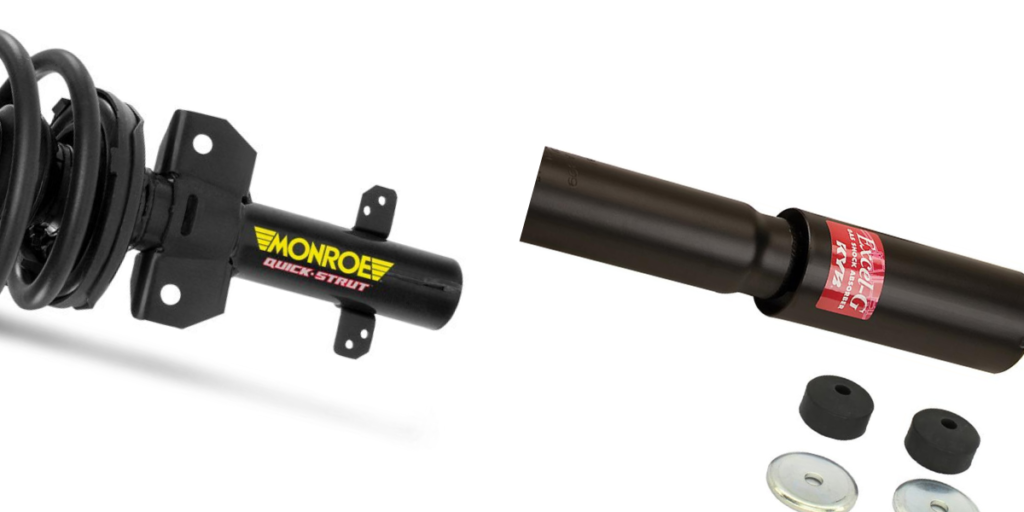The voltage regulator ensures the electrical components on your vehicle don’t get an oversupply of electric current. It will reduce the alternator’s voltage production and thus ensure the electrical system is running well. In older vehicle models, it ensures the dynamo is well regulated.
The ideal voltage for most car electrical systems is 13V to 14.5V. The battery will recharge without causing any damage to other components at this level. This level can be maintained for longer thanks to the voltage regulator, and thus fitting a new regulator helps maintain this peak performance.
The voltage regulator will also boost the charge if it drips below the ideal levels. It will maintain this level while charging the battery and powering the electrical components until the alternator begins functioning well. It is thus important to know when you need a new regulator and how to install it without visiting a technician.
Why should you get a new voltage regulator?
The voltage regulator plays an important role in your vehicle, as highlighted. Knowing when you need a new one will thus save you from expensive repairs and risks while driving. Here are some of the reasons why you should get a new voltage regulator;
- A damaged voltage regulator will ruin your battery: the voltage regulator ensures your battery is not exposed to levels it cannot sustain. When the voltage regulator is damaged, it will become ineffective, and thus your battery will get spoilt. In this case, you will need a new battery.
- Incomplete battery charging: The battery will not charge well if the voltage regulator is not working well. Your batter relies on a consistent voltage level to charge fully. When it is not fully charged, you will have challenges starting the vehicle.
- Prevents damaging important components: When you use a damaged voltage regulator, some expensive electrical components on your vehicle can get damaged. You will thus have to incur huge costs to repair or replace them.
These situations can be damaging to your vehicle and finances. Getting a new voltage regulator and fitting it well will help you avoid all these. You can thus have a well-working vehicle.
How to Fit A New Voltage Regulator
Fitting a new voltage regulator will require some technical skills and tools for successful completion. This is how to do it;
#1. Detach the Battery
The first step is ensuring there isn’t any current transmission by disconnecting the battery. If you have an existing regulator and want to replace it with a new one, you can remove its terminals. There will be no current once disconnected, and you don’t risk getting shocked or creating a short circuit that could damage your car components.
#2. Locate the Old Voltage Regulator
Locating the regulator is simple as it stands out from all other components on your vehicle. It is located at the back of the alternator, and in many vehicle models, it will be labeled. The voltage regulator is also plastic and thus easier to handle.
You can now unscrew the old voltage regulator and remove its connected cables. Pop it out of the compartment carefully once it is free and set it aside. Ensure all the rubber linings are handled carefully, as they will still be needed once you install the ren regulator.
#3. Fitting A New Voltage Regulator
You can begin by cleaning the regulator compartment if there is any dust or dirt. Once done, position the new regulator onto the compartment and fit it in. Ensure that you get the right voltage regulator model for your vehicle as instructed on the user manual or as highlighted by your dealer.
Proceed to screw the voltage regulator in place once fits into the new compartment. Fit all the cables into their right positions and screw them onto the regulator tightly. This procedure works on many car models and will be successful when done correctly. You can now test the new regulator once it is installed to ensure it is working correctly.
Testing A New Voltage Regulator
This test will help you evaluate the new installation and identify any errors if present. It will also show the performance of the new voltage regulator and thus help you decide whether it is good enough for your vehicle. The test should be performed while your vehicle’s engine is off and revved up. This is how to test the new voltage regulator;
#1. Setting up the Multimeter
The multimeter tests the voltage level on your vehicle, which can help determine the effectiveness of the new voltage regulator. You can now connect the multimeter to the battery while your vehicle’s engine is turned off. Be sure to connect it to the right terminal as incorrect connections will damage the electrical components on the vehicle through short-circuiting.
#2. Checking and evaluating the reading
The digital voltmeter will display its readings, and they are simpler to understand. It should display a 12V to 12.5v reading to signify that the new voltage regulator is working well. If the readings are well above this, it shows a faulty connection, and you should re-evaluate your voltage regulator installation.
#3. Testing with the Engine Turned On
Set the car in park or neutral while its engine is running. You can also rev up the car until it registers 2000 rpm for a more accurate reading. Keep the multimeter connected and check its readings. It should indicate a 13.5V to 14V reading to show the voltage regulator is working well. A higher level is a sign of incorrect connection and that too much power is reaching your battery and could potentially damage it.
Conclusion
Fitting a new voltage regulator saves you on expensive repairs that could come from its malfunction. It will also ensure you aren’t inconvenienced by a partly charged battery when your vehicle fails to start up. You don’t need to get a technician’s assistance, and by following these steps, you will complete the installation in no time.
Sources:





